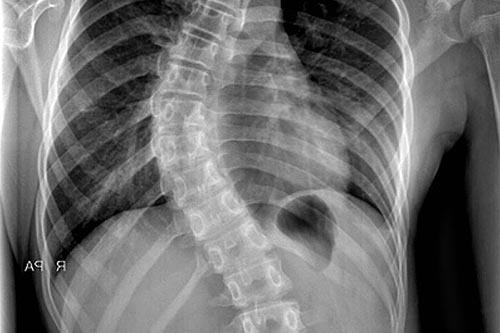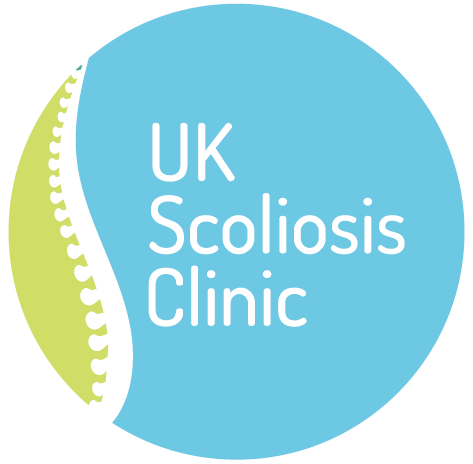Explore Treatments
Learn More
Vertebral body tethering

Vertebral body tethering (VBT) is a non-fusion based spinal surgery used to treat idiopathic scoliosis in children with smaller flexible curves and lesser growth potential. It was developed in the US approximately 10 years ago and is now being practiced in some countries, but not the UK.
What is VBT?
Currently, the most common surgery carried out world wide for idiopathic scoliosis, involves placing screws and rods into the back of the spine to achieve correction, as well as fusion of the spine using some form of graft. VBT is a less invasive approach to tethering the effected vertebrae into the correct position.
Our analysis
VBT is a new treatment and is not currently available in the UK, although some patients do choose to travel to the US where the procedure is available. Traditional spinal surgery usually involves fusing several vertebrae together – while this can resolve many of the symptoms of scoliosis, it also results in loss of mobility of the fused area. VBT may be undertaken as a less invasive procedure and may allow the patient to maintain some flexibility as compared with traditional surgery.
Learn more
-
How does VBT for scoliosis work?
VBT is a surgical procedure which carries the normal risk of surgery but is less invasive the traditional methods. VBT works by tying vertebra into the correct position in a way which is less destructive to the muscle and tissue surrounding the spinal cord. This results in shorter operative times; shorter hospital stays and improved recovery times.
-
How effective is VBT for Scoliosis?
There are currently no long-term results for VBT - although early results look promising for the treatment. A 2015 study of 32 patients with thoracic idiopathic scoliosis (72 % female) with a minimum one-year follow-up showed that amongst a group with an average age of 12 at the time of surgery, the mean reduction in thoracic curve after one year was approximately 25 degrees, with few side major side effects reported.[1]
When to choose VBT for Scoliosis
VBT could be recognised as a preferred approach for treating scoliosis which has not responded to non–surgical methods in the future. At present, however the treatment has not been approved by NICE and is not available through the NHS. Organisations such as the British scoliosis research foundation have nonetheless stated that this treatment should be considered for funding as a priority.
Research and References
Amer F. Samdani et al. Anterior vertebral body tethering for immature adolescent idiopathic scoliosis: one-year results on the first 32 patients Eur Spine J (2015) 24:1533–1539
References for this page
[1] Amer F. Samdani et al. Anterior vertebral body tethering for immature adolescent idiopathic scoliosis: one-year results on the first 32 patients Eur Spine J (2015) 24:1533–1539
Need advice?
Learn more about scoliosis and book a free consultation at the UK Scoliosis Clinic .
Learn More